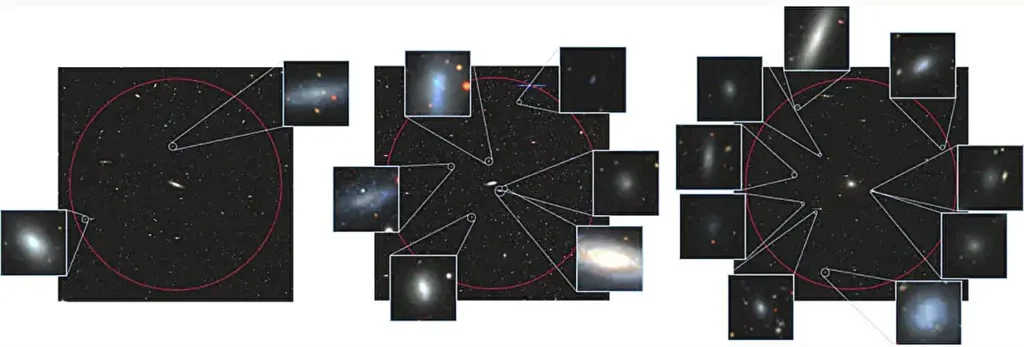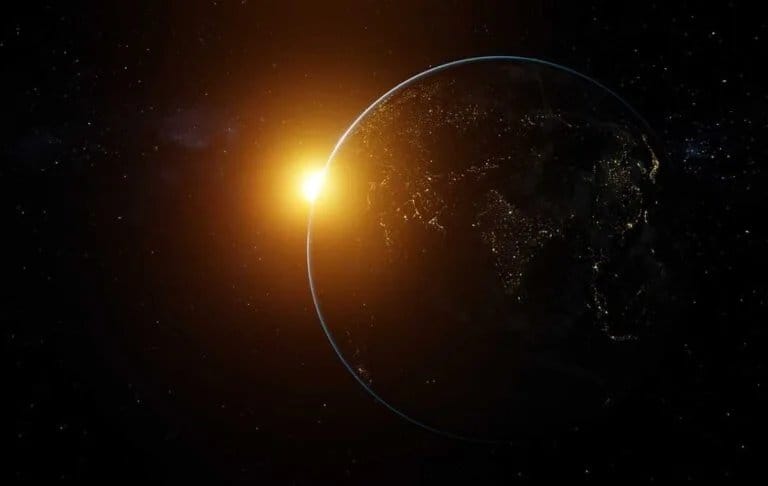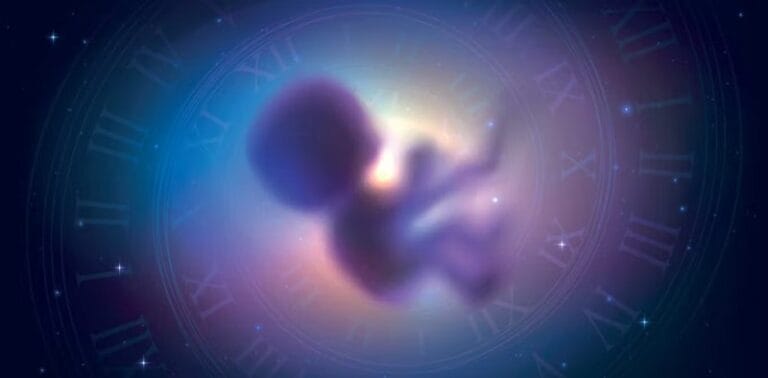The Milky Way: An exception among similar galaxies

Recent studies challenge the long-standing scientific practice of using the Milky Way as a universal model for galaxy formation, suggesting our home galaxy may not be as representative as previously believed.
“The Milky Way has been an incredible physics laboratory, including for the physics of galaxy formation and the physics of dark matter,” said Risa Wechsler, the Humanities and Sciences Professor and professor of physics in the School of Humanities and Sciences. “But the Milky Way is only one system and may not be typical of how other galaxies formed. That’s why it’s critical to find similar galaxies and compare them.”
To investigate galaxies like the Milky Way, Wechsler launched the Satellites Around Galactic Analogs (SAGA) Survey, a comparative research project examining similar-mass galaxies.
After a decade-long survey of 101 Milky Way-like galaxies, the SAGA team’s research—published in The Astrophysical Journal—reveals that our galaxy’s evolutionary history diverges significantly from comparable cosmic systems.
“Our results show that we cannot constrain models of galaxy formation just to the Milky Way,” said Wechsler, who is also professor of particle physics and astrophysics at the SLAC National Accelerator Laboratory. “We have to look at that full distribution of similar galaxies across the universe.”
The SAGA project, led by Wechsler, Marla Geha of Yale University, and Yao-Yuan Mao of the University of Utah—Wechsler’s former doctoral student—co-authored the new studies.
While the Milky Way consists of ordinary matter like hydrogen and iron, this familiar substance represents only 15% of universal matter. The remaining 85% exists as invisible dark matter.
“No one knows what dark matter is made of,” Wechsler said. “It doesn’t interact with ordinary matter or light. There’s probably dark matter running through you right now and you don’t even know it.”
Research reveals that galaxies take shape within colossal structures of dark matter known as halos. Although dark matter halos are invisible, their immense mass generates a gravitational pull capable of drawing in ordinary matter from space, which then forms stars and galaxies.
A primary goal of the SAGA Survey is to explore how these dark matter halos influence galactic evolution. To achieve this, the team began by studying galactic satellites—smaller galaxies that orbit larger host galaxies, such as the Milky Way.
The researchers focused on four of the Milky Way’s brightest satellite galaxies, including its largest: the Large and Small Magellanic Clouds (LMC and SMC). They then conducted a detailed search for satellite galaxies orbiting other host galaxies of similar mass. Through advanced telescopic imaging, they successfully identified 378 satellite galaxies surrounding 101 hosts resembling the Milky Way.
“There’s a reason no one ever tried this before,” Wechsler said. “It’s a really ambitious project. We had to use clever techniques to sort those 378 orbiting galaxies from thousands of objects in the background. It’s a real needle-in-the-haystack problem.”

One of the three new SAGA studies revealed that the number of satellite galaxies per host varies widely, ranging from 0 to 13. The Milky Way, with its four observable satellites, falls comfortably within this range.
Interestingly, the study also found that host galaxies with larger satellites—comparable in size to the Milky Way’s Large and Small Magellanic Clouds (LMC and SMC)—typically have a greater number of satellites overall. However, the Milky Way stands out as an exception, hosting fewer satellites than similar galaxies, marking it as an outlier.
A second study examined star formation in satellite galaxies, a critical factor in understanding galactic evolution. It showed that in most host galaxies, smaller satellites continue forming stars. In contrast, within the Milky Way, star formation is limited to its two massive satellites, the LMC and SMC. The smaller satellites have ceased forming stars entirely, further distinguishing the Milky Way from its galactic peers.
“Now we have a puzzle,” Wechsler said. “What in the Milky Way caused these small, lower-mass satellites to have their star formation quenched? Perhaps, unlike a typical host galaxy, the Milky Way has a unique combination of older satellites that have ceased star formation and newer, active ones—the LMC and SMC—that only recently fell into the Milky Way’s dark matter halo.”
The study also revealed that star formation in satellite galaxies often halts when they are located closer to their host galaxy. This phenomenon may be linked to the gravitational influence of dark matter halos surrounding the host, which could disrupt the conditions necessary for star formation.
“To me, the frontier is figuring out what dark matter is doing on scales smaller than the Milky Way, like with the smaller dark matter halos that surround these little satellites,” Wechsler said.
The third study, led by Stanford doctoral researcher Yunchong “Richie” Wang, compared the newly gathered data with computer simulations. The findings highlight the need for a revised model of galaxy formation, incorporating insights gained from the SAGA Survey to better align theoretical predictions with observed data.
“SAGA provides a benchmark to advance our understanding of the universe through the detailed study of satellite galaxies in systems beyond the Milky Way,” Wechsler said. “Although we finished our initial goal of mapping bright satellites in 101 host galaxies, there’s a lot more work to do.”






